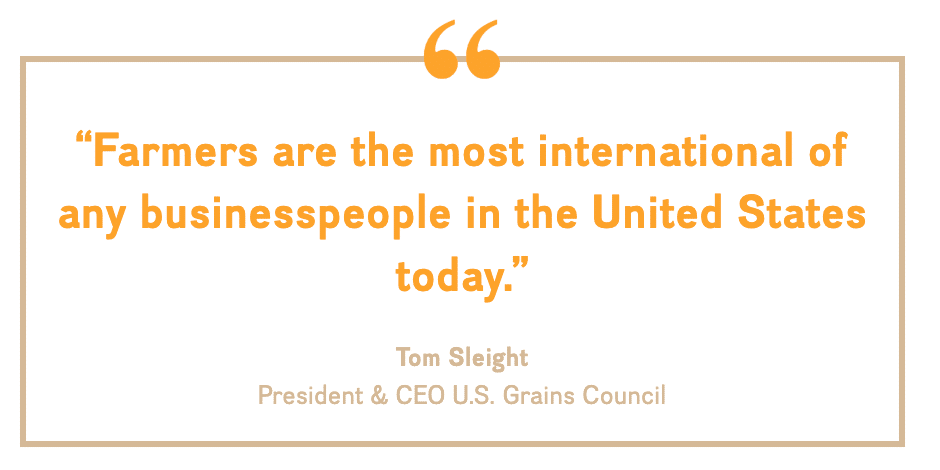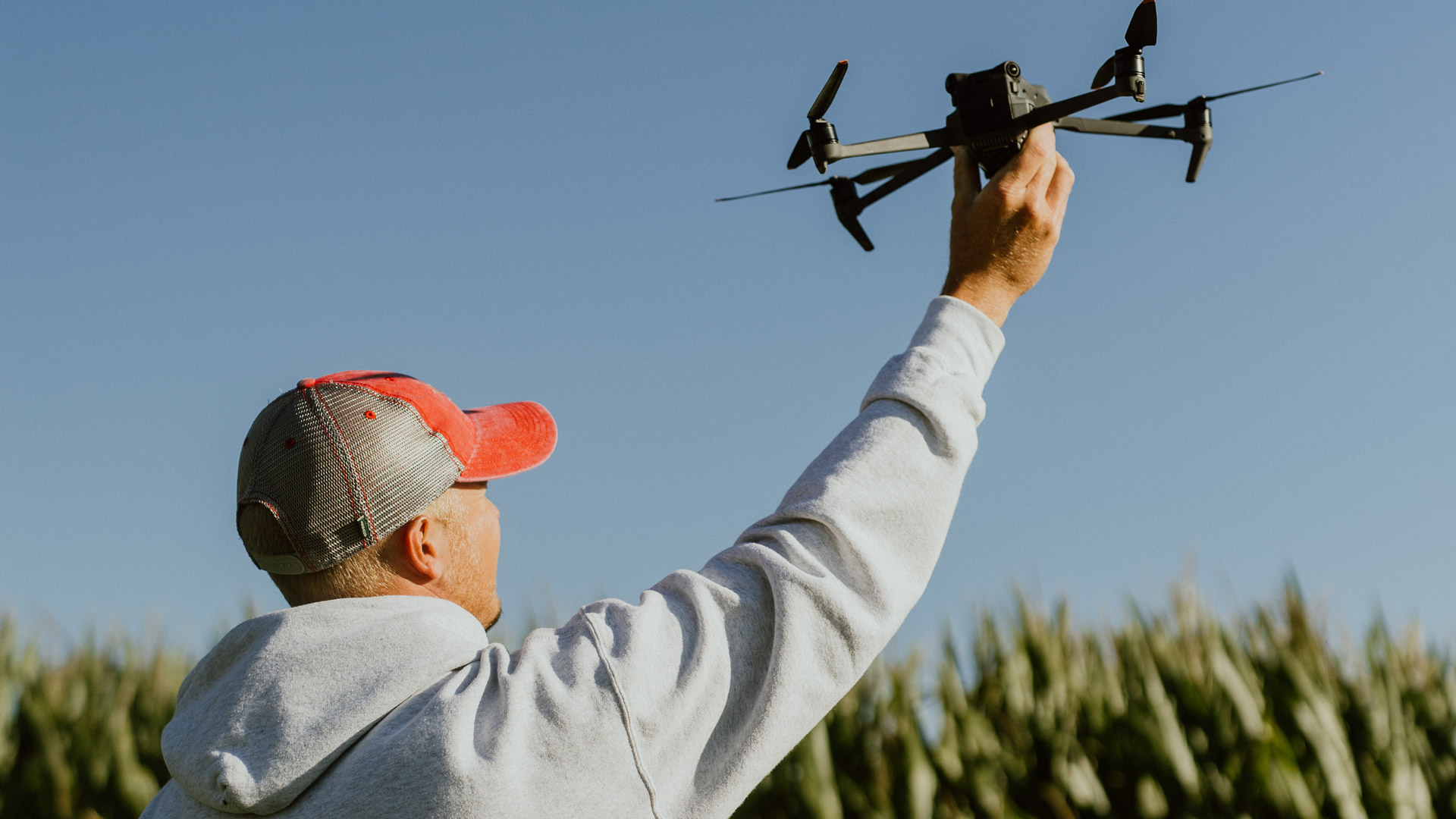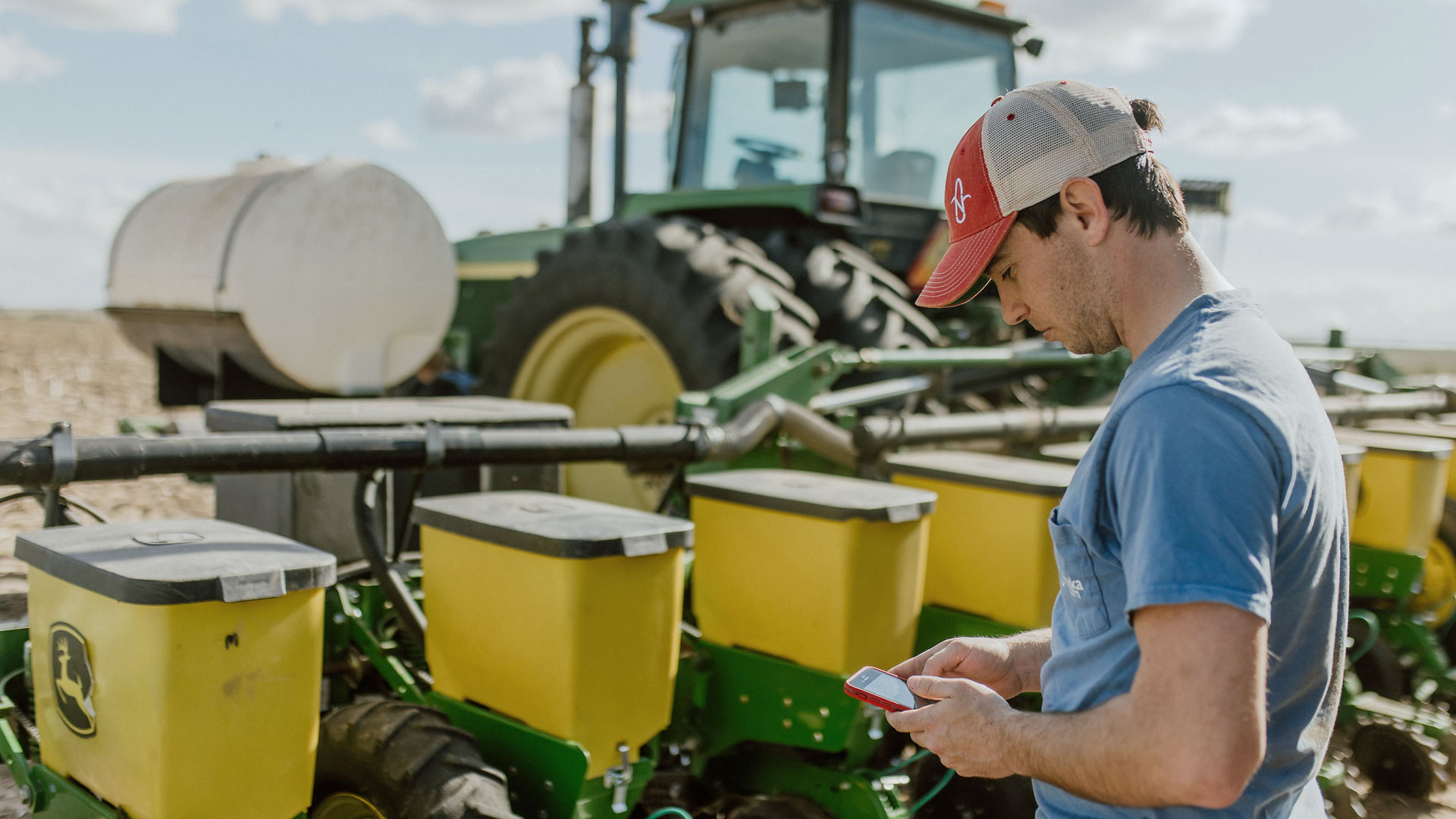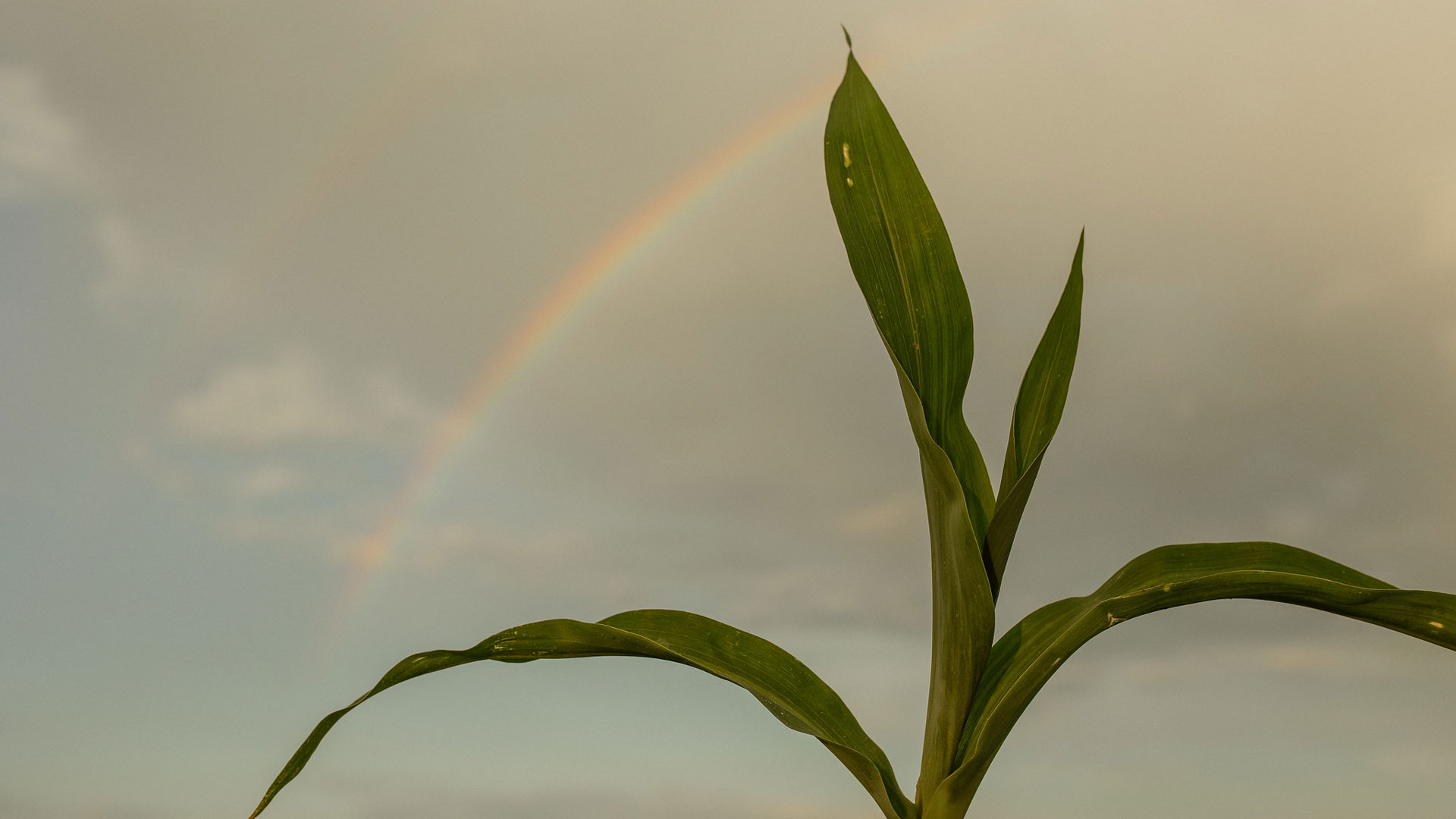
“You’re more or less going back to Ground Zero, but now, instead of one negotiation, you have a dozen or more,” said Novak. “History has shown us that these negotiations are not something you can hammer out overnight. It can take three to five years or more—even with a bilateral deal.
Tom Sleight, president and CEO of the U.S. Grains & BioProducts Council agrees. “You can’t use the words ‘fast’ and ‘trade agreements’ in a sentence at the same time,” he said.


In the meantime, the U.S. stands the risk of losing valuable market share. “Not having trade agreements in place is going to provide an advantage for many of our competitors during a time when we’re fighting for access to every bushel of demand here at home and around the globe,” Novak added.
“If the U.S. is not part of a trade agreement, somebody else will fill that vacuum,” said Sleight. “A great example is the TransPacific Partnership (TPP) that the U.S. recently decided to exit. Obviously, China wants to fill that void with their own version of TPP and capture that rapidly growing market in Southeast Asia and the Pacific Rim.”




